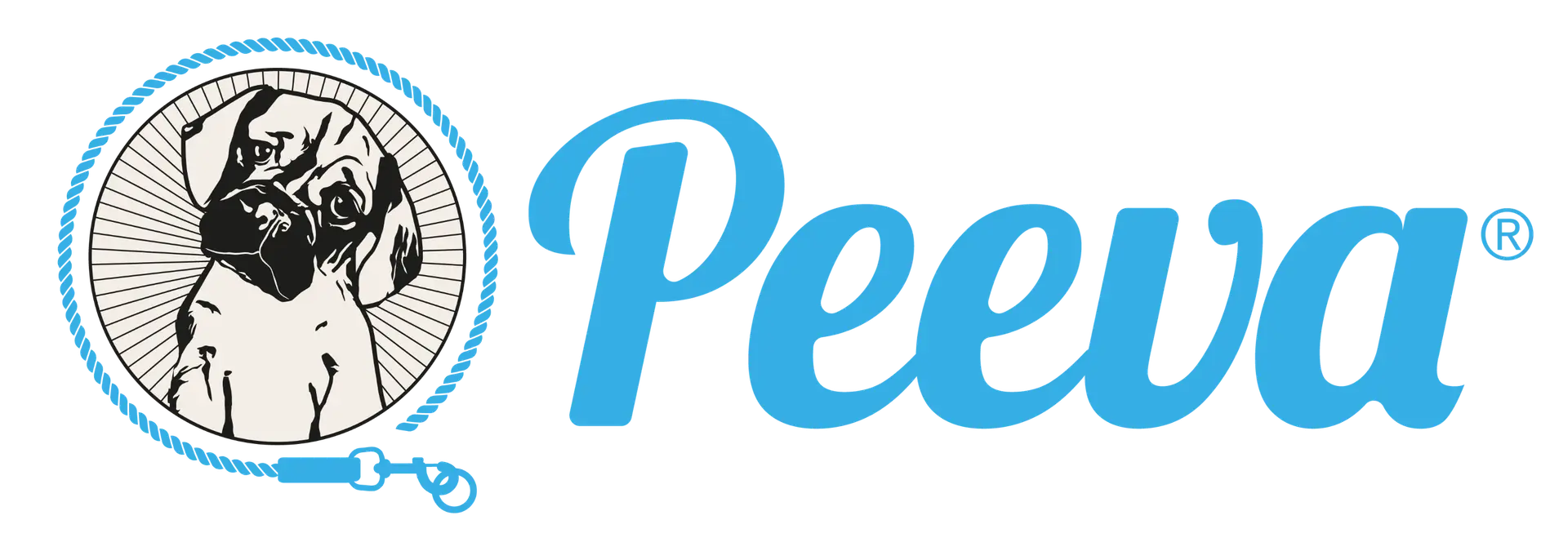Lost pets come home with Peeva.
Venture capitalist abandons 7 year quest to improve microchip mess.
A “Silicon Valley” venture capitalist learned this the hard way after abandoning a seven-year quest to improve the convoluted and widely misunderstood system of identifying lost pets through implanted microchips. Olivia White, founder, and CEO of Check the Chip Inc. told news.vin.com that she just firmly believed that the epidemic cannot be fixed.
Join us in the quest to streamline pet microchipping with the latest universal scanner technologies.
Venture Capital gone awry.
Check the Chip and its predecessor Chloe Standard had funding and employed 24 people. She simply concluded she knows of no way to make the identification system more cohesive and easy to use and blames her company’s failure on 1. the apparent lack of a cooperation amongst microchip companies to create a single universal registry (true) and 2. an apparent disinterest by pet owners (false).
The reality is, White failed to do her research.
The pet industry is a recession-proof industry and generated 70 billion dollars in the US alone in 2017. The reason for this is very simple; Americans love their pets. Nevertheless, one-third of all dogs and cats in the US are reported missing in their lifetimes and nearly 80% are never found.
The technology exists (microchips) to solve this problem, but the industry is fragmented, lacks standardization, and provides difficult to use products. There is no truly universal scanner and vets and shelters are reluctant to scan pets with multiple scanners. As a result, veterinarians do not promote “chipping” for pets and pet-owners are skeptical of being locked into a registration system with limited success rates.
Marketing to pet owners directly, however, would be like rolling a boulder up a hill.If it were simple, efforts to change laws pushing for a national standard now going back 25 years to no avail would have been passed and public awareness would resolve the lack of standardization issue on its own merit.
Social causes don’t move mountains. Business opportunities around problems do. A venture capitalist should know this.
White’s idea had two components. The first was to place kiosks in pet stores to educate pet owners about how microchip scanners work and to impress upon them the importance of registering their pets’ chip numbers. She found the majority of pet owners to be largely indifferent to understanding the issue.
When a pet is microchipped the veterinarian or vet technician will hand the pet owner a brochure with the microchip number often times written on a post-it note and stuck to the brochure of whichever microchip company the chip that was implanted in the pet belongs to. The pet owner will then need to go home and register his or her pet with that registry. The psychology around it is very much the same as the idea of a mail-in rebate. People simply don’t get around to it.
The only way to resolve the problem is to have a scanner that can read all chips, chips that can be read by all scanners, and a critical mass of hospitals that sell to pet owners. That is exactly what Peeva is doing.
A fragmented industry
In general, the veterinary field lags behind other industries technologically. Medical records and other data are fragmented and archaic processes such as faxing and phone-based directories make it difficult for vets to communicate with customers and develop a sales strategy. To truly resolve the pet problem a better system of data organization is required. The veterinary field lags behind other industries considerably. Veterinarians lack access to raw data let alone the ability to pull it all together.
White’s next idea was to create a single, well-known registry, but she obviously failed to do her research again as there is no way in hell microchip companies that are already strategically incompatible to one another would be quick to share their data. Every microchip company would like to have a central registry, but seeing that microchips are already strategically incompatible to one another, common sense would have it that neither would be willing to share their data with other registries.
Regardless, the company talked a big game about creating an online search engine to streamline the work of identifying which registry a given chip number was associated with. The following month, the American Animal Hospital Association (AAHA), launched a similar tool. Chloe Standard then withdrew going forward with the pursuit.
There are now more than 20 registries that currently participate in the AAHA online lookup tool, but the tool itself does not aggregate data from these registries as they are all competing for market share. Further, each microchip needs to first be registered with the primary registry of the brand of microchip the pet was implanted with and the onus is then on the pet owner to register with the AAHA tool directly. The tool doesn’t provide the pet owner’s contact information, only the primary registry the microchip belongs to. If a microchip can be read, let alone even detected, that registry needs to be called. That is a big part of the data problem Peeva is resolving.
In a moment of frustration, White said, “she was so disillusioned with the system that she’s tempted to cancel her two dogs’ microchip registrations as a personal protest” a tactic that to me is about as effective as not voting for the lesser of two political candidates.
She said she is convinced that there’s no humanly possible way unless all of the companies decide they’re all going to work together, which is never going to happen.
That much is true. It will never happen, but that is also the silver-lining and opportunity around the problem.
Peeva: Where Lost Pets Find Their Way Home
Transform your pet’s microchip into a lifeline. 24/7 phone support and lost pet alerts ensure your pet gets the help they need, when they need it.






